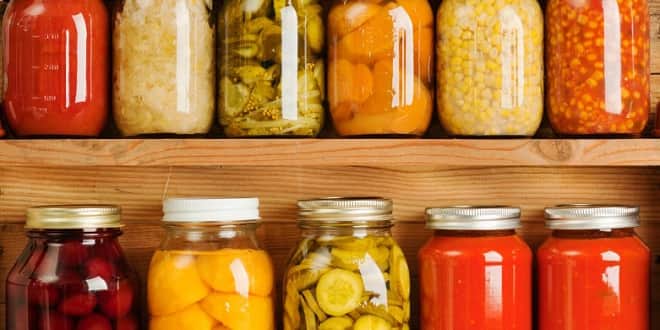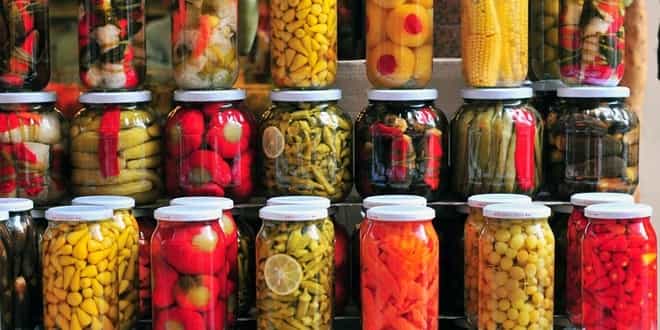Fermentation Lab Reports > Cucumber Pickling > Pickling v5
Pickling, one of the most ancient ways to preserve food, relies on salty, acidic brine and spices and herbs to give foods distinctive flavors. Liquid spice and herb extracts help pickle processors achieve their flavor goals conveniently and consistently. Spice extracts provide precise flavor control, a cleaner, clearer brine and sterility, says Haley. The flavor and strength of the spice extracts are consistent from season to season. They are microbiologically very clean, so they will not lead to the growth of yeasts and molds in pickled products. The clear extracts can be measured precisely and dispersed easily in pickling brines. Extracts function well in both the fresh-pack and process methods of pickle manufacturing. For fresh-pack, whole or sliced cucumbers are placed in jars; brine is made up and filled into the jars. The jarred products are heated to 145°F to deactivate the pectinase enzyme in the cucumbers and then quickly cooled. They are stored for several days to equalize the flavors.
The cucumbers for process pickles ferment in a vat of salty brine until packaging. Then they are soaked to rinse out some of the salt, sliced or ground and packaged. Brine and flavors are added at 140°F. Cucumbers are among many vegetables and fruits that can be pickled. Onions, beets, bell peppers, cauliflower, carrots, olives, tomatillos, jalapeños, green tomatoes and watermelon also get flavor from the pickling process. In some more unusual applications, exotic fruit like tamarinds and some non-plant foods like herring, shrimp, eggs and bologna are pickled. Spice extracts for pickled products provide precise flavor control, a cleaner, clearer brine and sterility. The clear extracts can be measured accurately and dispersed easily in pickling brines. Discarded oversized cucumbers represent about 15 percent of the cucumbers produced for pickle manufacturing. Studies are underway focusing on the development of usable products for these currently unusable cucumbers. Two volatiles that can be extracted from these cucumbers have been found to be effective inhibitors of mold, yeast, and some pathogenic microorganisms. These volatiles have potential for use in a variety of food and cosmetic products, supplying a market for these waste cucumbers.
….


